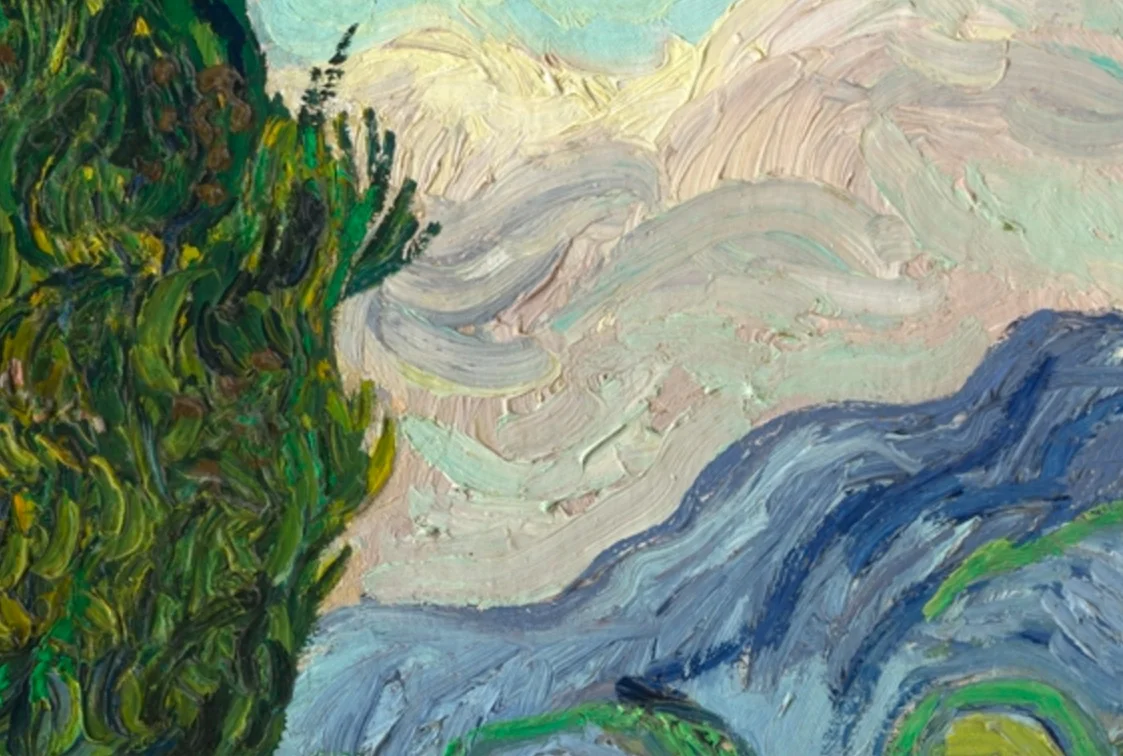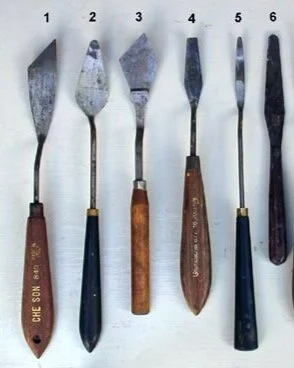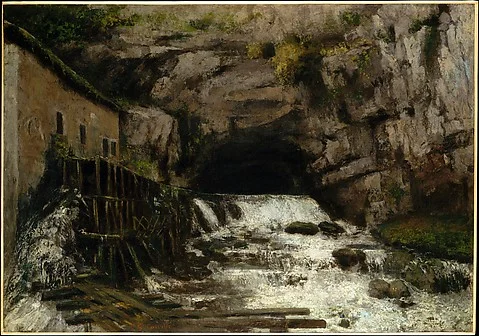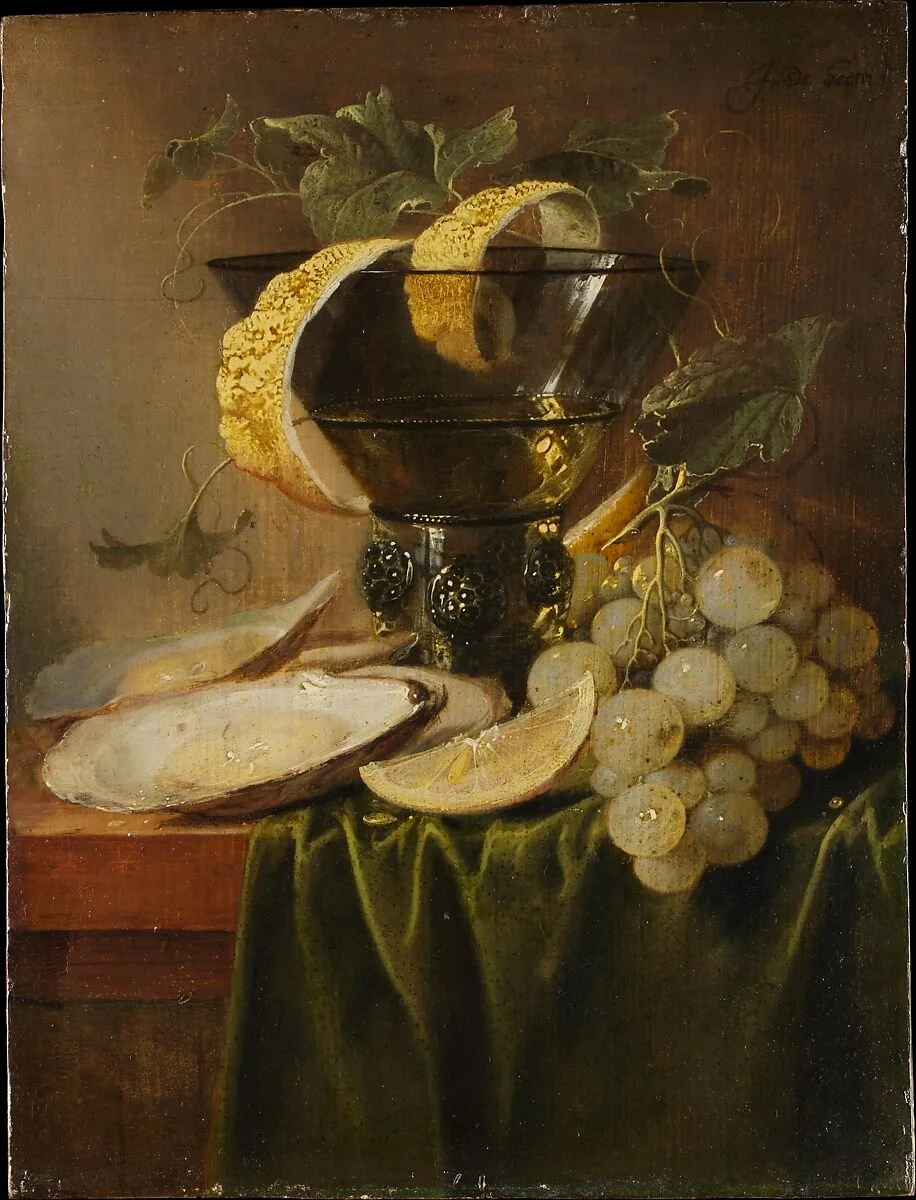TEXTURE
surface quality that can be seen, felt or perceived
Texture
Texture is the surface quality that can be seen, felt or perceived. Textures can be rough or smooth, soft or hard. Textures do not always feel the way they look; for example, a drawing of a porcupine may look prickly, but if you touch the drawing, the paper is still smooth.
In three dimensional art, texture refers to how something actually feels. In two dimensional art, line, shape, and value help to imply the way an object feels.
Two main categories of texture in art are actual texture and implied or suggested texture.
Click the link below to watch a short video about the concept of texture in art.
Actual Texture
Actual texture exists physically and is concerned with the surface of the work.
Rough, smooth, bumpy, sharp, cool, or warm are just a few adjectives that help us use language to describe actual texture.
Learning to talk about actual texture on the surface of a sculpture will help the viewer build descriptive vocabulary to more deeply understand the artist’s process and the final result.
Actual Texture In Two Dimensions
Tools
To build up interesting textures, artists use a wide array of tools. One of the tools pictured is called a palette knife. Palette knives were historically used to mix the paint on the artist’s palette before applying it to the surface. This allowed the artist to keep his or her brushes clean and to have unified color.
Artists began to take these palette knives and use them to make marks instead of using only brushes. The marks made from a palette knife can leave a broken, thicker texture that can visually replicate many surfaces or simply be an interesting visual element.
Artists have used every tool possible to see what type of mark or texture can be generated from it for expression.
In this example, Gustave Courbet used his palette knife to create the texture of the turbulent water.
Implied Texture
Implied texture in a two dimensional work refers to the artist’s ability to use the medium - paint, charcoal, graphite - in a specific way, so as to depict the object they are representing in a believable way. An artist might make a pillow look and feel soft and starchy, or a grape appear smooth, with a fleshy interior.
Look at the painting shown. The actual texture of this painting is smooth. It is made by using a painting technique called glazing where thin transparent layers of color are layered on top of one another. The implied textures are crumbly and rough on the inside of the cakes. The leaves look soft, like velvet, with a sharp contour. The grapes that have turned to raisins appear wrinkled and dry. The glass looks smooth and hard.
Notice here how the artist repeats a mark to create a texture of hair and grass.
Subversive Texture
A texture is ‘subverted’ when an artist creates a work using texture that looks like one thing but is actually another. What we see and feel do not match, which helps us think about the subject matter in new ways.
Creating Texture In Two Dimensions
Sometimes the challenge artists face is how to make the object they are trying to paint or draw look similar to the way we perceive it.
When making a texture seen in nature, one needs to create or repeat a mark that creates the illusion, energy or feel of what one is trying to represent.
Repetition is the key. If an artist wants to make grass he or she could repeat multiple short marks that have some variation that reads like grass. Or one might put down a think impasto layer and use a kitchen fork to lay down repetitive grass like marks. It is in building up and experimenting with mark-making that one invents a personal language.
Through unique mark-making, artists begins to create their personal style of interpretation.
Maori people, Te Arawa. Gable figure (Tekoteko). ca. 1820s. Wood, paint. New Zealand. The Metropolitan Museum of Art.
Sumerian. Standing male worshiper. ca. 2900–2600 B.C. Gypsum alabaster, shell, black limestone, bitumen. Mesopotamia, Eshnunna (modern Tell Asmar). The Metropolitan Museum of Art.
Vincent van Gogh. Cypresses. ce. 1889. Oil on canvas. Dutch. The Metropolitan Museum of Art.
Gustave Courbet. The Source of the Loue. ce. 1864. Oil on canvas French. The Metropolitan Museum of Art.
Jan Davidsz de Heem. Still Life with a Glass and Oysters. ca. 1640. Oil on wood. Dutch. The Metropolitan Museum of Art.
Wenceslaus Hollar. Donkey. ce. 1649. Etching; only state. Bohemian, Prague. The Metropolitan Museum of Art.
Meret Oppenheim. Object. ce. 1936. Fur-lined teacup. French. The Museum of Modern Art.
Vincent van Gogh. Street in Saintes-Maries-de-la-Mer. ca. July 15, 1888. Reed pen, quill, and ink over chalk on wove paper (backed with wove paper). Dutch. The Metropolitan Museum of Art.
Vincent van Gogh. Wheat Field. ce. 1888. Reed pen and iron gall ink over graphite on wove paper. Dutch. The Metropolitan Museum of Art.












